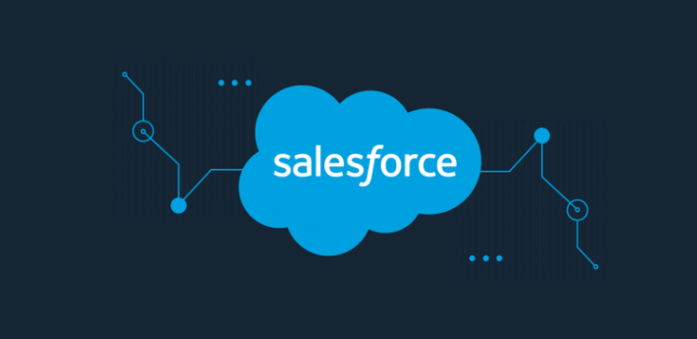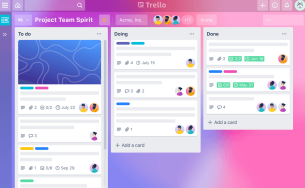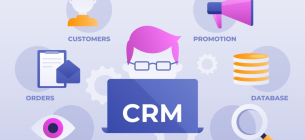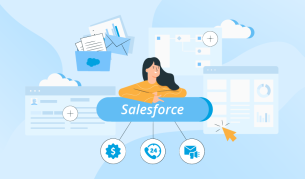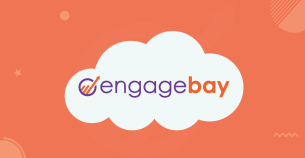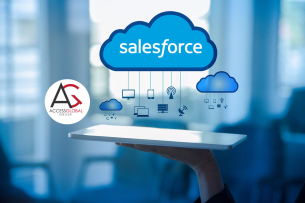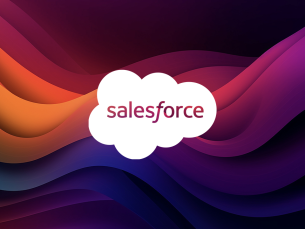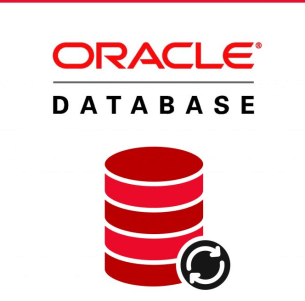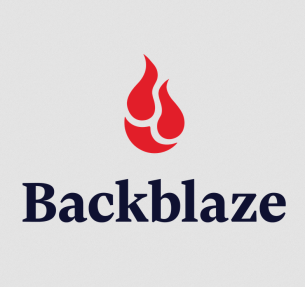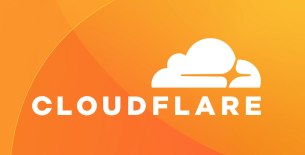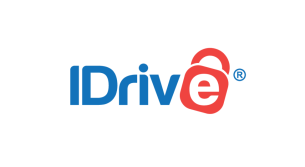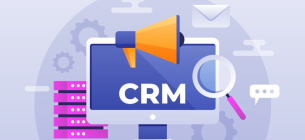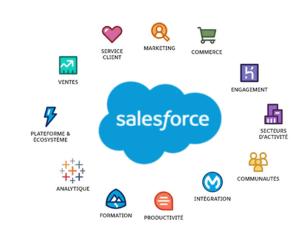In today’s fast-paced business landscape, staying ahead requires more than just hard work; it demands the right tools. Enter Salesforce Sales Cloud, a powerhouse CRM solution designed to streamline sales processes and empower teams. Whether you’re a small startup or an established enterprise, this platform helps you manage leads, track customer interactions, and ultimately boost your bottom line. It’s no wonder that businesses are turning to Salesforce to stay competitive in an evolving marketplace.
But here's the catch—navigating the pricing structure can be overwhelming. With several plans available and a multitude of features included at different tiers, understanding these costs is crucial for maximizing your investment. Knowing what you’ll pay—and for what—allows you to tailor the tool to your unique business needs without breaking the bank. So buckle up as we dive into the essential insights surrounding Salesforce Sales Cloud pricing. This journey will equip you with all the knowledge needed to make informed decisions that propel your sales success.
Understanding the Pricing Structure
Salesforce Sales Cloud offers a range of pricing plans tailored to meet the diverse needs of businesses, from small startups to large enterprises. At its core, Salesforce presents four main editions: Essentials, Professional, Enterprise, and Unlimited. Each edition serves a distinct purpose and is designed with unique functionalities in mind. For instance, the Essentials plan, which is perfect for smaller teams just stepping into CRM software usage, offers fundamental features like lead management and basic reporting at an entry-level price point. As organizations grow and require more sophisticated capabilities—such as advanced customization or automation—the Professional and Enterprise editions deliver those additional features without breaking the bank.
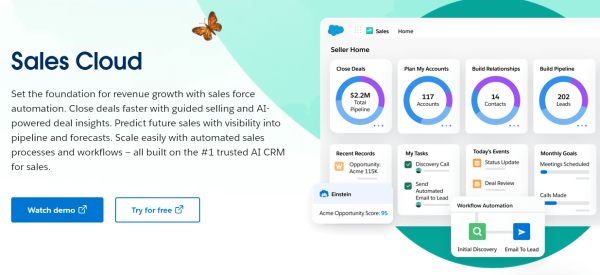
Let’s dive deeper into what each tier includes. The Professional edition adds robust sales forecasting tools and enhanced collaboration options within teams, while the Enterprise edition introduces advanced analytics through customizable dashboards that can be essential for data-driven decision-making. Lastly, the Unlimited edition provides an all-access pass to everything Salesforce has to offer—think unlimited custom applications and 24/7 customer support—for companies ready to go big or go home. Keep in mind that each of these plans operates on a per-user licensing model, meaning costs can accumulate quickly depending on how many team members require access.
When considering user licenses in your total cost assessment, it's crucial to remember that Salesforce pricing isn't just about picking a plan; it's about understanding how many users will need licenses across your organization. For example, if you're a business owner planning to implement Sales Cloud across multiple departments but are unsure whether everyone needs full access right away, you might opt for a more limited plan initially and expand licensing as your business scales up. This strategic approach not only keeps initial costs manageable but also allows you to evaluate performance before committing fully.
Ultimately, having clear visibility into Salesforce's stacked pricing structure empowers businesses to choose a plan that aligns seamlessly with their operational goals while avoiding any unwelcome surprises down the line. By taking stock of both features available at different tiers and potential user license costs, decision-makers can find themselves positioned better than ever before—not merely opting for an out-of-the-box solution but one perfectly tailored to boost productivity and enhance sales strategies!
Comparing the Editions
When it comes to Salesforce Sales Cloud, the choice of edition can significantly impact how effectively your business meets its sales goals. The four main editions—Essentials, Professional, Enterprise, and Unlimited—cater to varying needs across different company sizes and sales strategies. For instance, if you're a startup or a small business just starting out, the Essentials edition may be ideal as it provides foundational customer relationship management (CRM) tools without overwhelming complexity. This tier offers essential features like lead and contact management, giving you sufficient capability to manage early-stage growth.
As your business expands, consider the Professional edition. This upgrade introduces advanced automation capabilities and customization options that help streamline workflows tailored to your team's unique processes. This is particularly useful for businesses with diverse products or multiple departments engaged in selling activities. However, moving up in tiers does have its pros and cons; while increased functionality can drive efficiency, it also comes at a higher cost—so weighing these factors carefully is crucial.
For medium-sized to large organizations looking for deeper insights into their sales strategy, the Enterprise edition shines with advanced reporting features and extensive API access for third-party integrations. Think of companies that require complex multi-channel campaigns or those needing an integrated approach across various tools; this version equips them with robust tools capable of handling sophisticated demands. Yet again, it's essential to remember that while greater capabilities are attractive, they also mean more extended onboarding times and possibly steep learning curves for employees.
Finally, there's the Unlimited edition—designed for enterprises operating at scale with expansive teams requiring tailored solutions without limitation on usage or customizations. Businesses in rapidly evolving sectors may find this level especially beneficial due to its flexibility and support options. Although it's tempting to opt for all-inclusive versions right away for maximum coverage, savvy decision-makers should assess whether such comprehensive features align with current goals before making a leap from one tier to another.
Additional Costs to Consider
When diving into the world of Salesforce Sales Cloud, it’s essential to recognize that the initial pricing tiers are just the tip of the iceberg. Once you've selected your edition, there may be additional costs for various add-on features that can significantly enhance the platform's capabilities. For example, if you're looking to leverage Einstein Analytics for advanced reporting and insights, you’ll need to factor in its added cost on top of your chosen plan. These add-ons often provide specialized functionalities that can streamline processes and drive better decision-making, but it's vital to evaluate whether these benefits align with your budget.
Moreover, implementing Salesforce isn't always a plug-and-play affair; successful deployment often requires professional services. Depending on your organization's complexity, hiring a certified Salesforce consultant for implementation assistance and customizations could set you back anywhere from a few thousand dollars to well over six figures. Training services also play a critical role in maximizing your investment; many businesses opt for tailored staff training sessions or ongoing support packages to ensure their team is equipped to use the platform effectively. Such expenses can differ based on team size and training methods—whether online modules or interactive workshops—so it’s crucial to account for these costs during budgeting.
Lastly, consider potential fees associated with integrating third-party applications into your Salesforce ecosystem. While Salesforce boasts an extensive marketplace filled with app integrations that can elevate your customer relationship management game, each integration might come with its own licensing fee or subscription cost. For instance, if you're utilizing an email marketing tool like Mailchimp or a financial tracking app integrated directly within Salesforce, ensure you assess how these additional subscriptions fit within your overall CRM spend.
As you navigate through these extra expenditures linked with customizing and optimizing your Salesforce experience, maintaining clarity on what features are truly necessary will help keep costs manageable while enabling you to reap maximum benefits from this powerful sales tool. Balancing these elements wisely is key as you forge ahead on the path toward enhanced efficiency and effectiveness in managing customer relationships.
Special Discounts and Offers
Salesforce Sales Cloud is not just about powerful features; it can also be budget-friendly, especially if you know where to look. One exciting aspect of working with Salesforce is their seasonal promotions aimed at attracting new customers. During specific times of the year, such as back-to-school or end-of-quarter, businesses may find substantial discounts for first-time adopters. These discounts can provide a significant reduction in initial costs, allowing brands to explore robust CRM capabilities without breaking the bank upfront. If you're considering taking the plunge into the world of Salesforce, keep an eye out for special offers that align with your purchasing timeline.
For larger organizations needing multiple licenses, volume licensing options are a game-changer. Companies with numerous teams leveraging Sales Cloud often benefit from custom pricing structures designed to accommodate their needs and usage levels. By purchasing several user licenses at once, larger enterprises might enjoy cost savings that translate to hundreds or thousands of dollars over time. Additionally, these bulk deals can come with enhanced support services or tailored onboarding assistance—an attractive package for any organizational initiative focused on maximizing ROI.
Another noteworthy avenue for savings lies within the nonprofit and educational sectors. Salesforce understands how crucial CRM solutions are for these organizations striving to create meaningful change while managing tight budgets. Nonprofits can take advantage of deeply discounted rates or even free licenses through the Salesforce.org initiative, providing resources essential for keeping track of donations and community outreach efforts. Similarly, educational institutions can access special pricing designed to support faculty and staff in managing administrative tasks effectively—fostering a smoother educational experience all around.
Ultimately, by being aware of these special discounts and offers linked to Salesforce Sales Cloud, businesses can significantly enhance their purchasing power while receiving an industry-leading CRM solution that's already tailored for flexibility and growth.
Value Assessment: Is It Worth the Investment?
When considering whether Salesforce Sales Cloud is a worthy investment, analyzing the return on investment (ROI) is crucial. Many businesses have reported significant revenue growth after integrating Salesforce into their operations. For instance, one mid-sized tech startup shared that after utilizing Salesforce for just six months, they saw a 30% increase in sales conversions—a direct result of improved lead tracking and opportunities management. This kind of tangible success not only justifies the cost but also underscores how valuable a well-implemented CRM can be.
Customer testimonials further illuminate the benefits and financial gains many companies experience when using Salesforce Sales Cloud. Take, for example, a growing e-commerce business that harnessed Salesforce to streamline its customer interactions and manage their sales pipeline. They claimed to save over $50,000 annually just from reduced administrative tasks and better resource allocation, allowing their teams to focus more on selling rather than manual record keeping. Success stories like these echo throughout various industries, making it clear that the potential savings focus heavily on improving efficiency while simultaneously enhancing customer experiences.
Moreover, robust CRM systems like Salesforce Sales Cloud can significantly impact overall sales performance. One of the standout features is its analytics capabilities; these tools empower sales teams to understand their customers better by providing insights into buying patterns and preferences. Armed with this knowledge, teams can tailor their pitches effectively, leading to increased engagement and higher closures rates. Organizations report improved sales cycle times thanks to automated workflows and seamless collaboration across departments—both vital components in driving sales performance upward.
Ultimately, assessing the value of Salesforce Sales Cloud goes beyond mere pricing; it's about comprehending what this investment could mean for your organization's bottom line over time. Considering enhanced productivity levels, satisfied customers who stick around longer due to improved service delivery, and data-driven decision-making capabilities demonstrates clearly that investing in such a powerful tool might well be one of your best strategic moves!
Budgeting Tips for Salesforce Sales Cloud
When it comes to budgeting for Salesforce Sales Cloud, having a well-structured approach can help ensure that your investment pays off in the long run. One effective strategy is to create a comprehensive budget that accounts not only for the base subscription costs but also for any additional features or services you might need, such as custom integrations, training sessions, or premium support. By breaking down these expenses into clear categories—like user licenses, add-ons, and operational costs—you can gain better visibility into how much you're spending on CRM overall. This way, you'll avoid unwelcome surprises as your usage scales.

Another critical aspect of managing your Salesforce budget is forecasting based on your business growth projections. If you anticipate significant growth within the next year, it's wise to account for potential increases in user licenses or new feature needs. For instance, if your sales team is expected to expand from five individuals to twenty, prepare a plan that incorporates the cost associated with this scaling up. A proactive approach helps businesses settle not just current expenses but also adjust financial planning strategically as they grow.
Furthermore, keeping track of all ongoing expenses related to Salesforce usage cannot be overstated. It's easy to overlook recurring fees or underutilized features that may inflate your bill without providing adequate benefits. Utilize tools like expense tracking software or even simple spreadsheets to log each charge associated with Salesforce monthly. Reviewing these logs regularly enables you to assess return on investment (ROI) effectively and identify areas where you can cut costs or optimize performance based on actual usage—essentially ensuring every dollar spent contributes meaningfully toward meeting your business objectives.
Lastly, don't forget about establishing a feedback loop with key stakeholders within your organization regarding CRM expenditures and experiences. For example, by involving sales representatives who interact daily with the platform in discussions about budgeting priorities, you can uncover insights about whether certain features genuinely enhance productivity or if there are unnecessary expenditures in play. This collaborative effort can lead not just to smarter budgeting practices but ultimately to greater satisfaction and success using Salesforce Sales Cloud over time.
Frequently Asked Questions About Pricing
When diving into the world of Salesforce Sales Cloud, many prospective users have common questions regarding billing cycles and payment methods. Essentially, Salesforce operates on a subscription model, which means businesses can choose between monthly or annual billing. Opting for an annual plan often translates to cost savings since companies benefit from discounted rates compared to the per-month charges. For instance, a small business might find that committing to an annual subscription allows them to allocate more budget toward add-ons or additional training sessions.
Another area of frequent inquiry relates to trials and guarantees. Salesforce offers potential users a trial period—typically 30 days—to test the features and functionalities that meet their business requirements without any financial commitment. This trial serves as an opportunity for organizations to familiarize themselves with the platform before fully investing. Additionally, understanding the money-back guarantee policy is vital; while Salesforce does not generally offer refunds after purchase, they do provide substantial resources during the onboarding phase to ensure customers feel confident in their choice.
Of course, before signing on the dotted line, it’s crucial to grasp contract terms and conditions. These are often packed with critical information regarding usage limits, renewal terms, and cancellation policies. For example, if a company finds that it has outgrown its current edition halfway through its contract period—or conversely—needs less functionality due to market changes knowing how upgrades or downgrades will affect costs down the line is essential. Reading these fine details can mean avoiding unexpected costs or disputes later on—better safe than sorry!
By addressing these frequently asked questions around pricing intricately tied to billing options, trial offerings, and contractual agreements within Salesforce Sales Cloud, sales professionals and business owners can arm themselves with powerful insights into making well-informed decisions tailored specifically for their operational needs. As familiar as one may be with CRM platforms throughout different phases in their careers, revisiting such sections helps mitigate potential roadblocks when migrating towards robust solutions like Salesforce Sales Cloud.
Wrapping It Up: Make the Right Choice for Your Business
In summary, understanding Salesforce Sales Cloud pricing is crucial for maximizing its value. We explored various pricing plans—from Essentials to Unlimited—highlighted key features of each edition, and discussed additional costs often associated with implementation and integrations. Don't forget those potential discounts and special offers that could benefit your bottom line.
As you move forward, take a moment to assess your unique business needs. Think about what features will truly enhance your sales processes and drive success. With a little research and careful consideration, you can select the right plan that aligns with your goals and budget. Happy CRM hunting!
